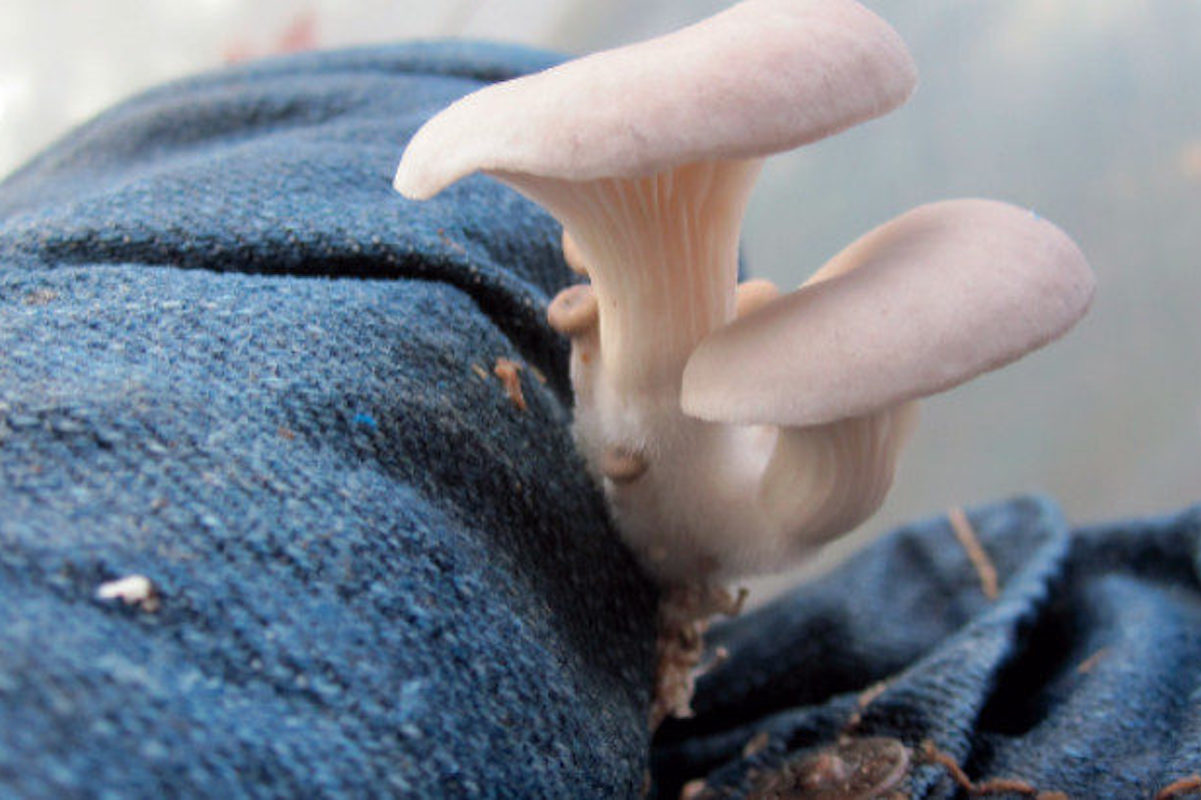
Your Practical Guide To Self Reliant Living
Your Practical Guide To Self Reliant Living
Practical Self Reliance is a personal blog and a woman-owned small business. I am a participant in the Amazon Services LLC Associates Program, an affiliate advertising program designed to provide a means for sites to earn advertising fees by advertising and linking to Amazon.com. For more details, visit my disclosures page.